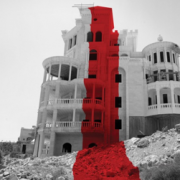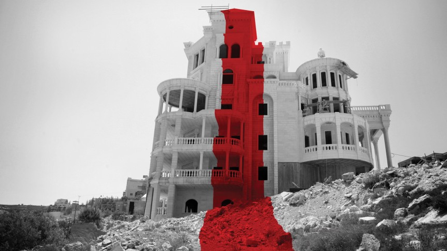Constructions of Truth – Forensic Architecture as a Fact Finding Tool in the Context of Human Rights Violations
by Nicola Popovic and Fiana Gantheret
Through designing public and private space, architecture has always been at the crossroads of aesthetics and function. The design of houses, public areas and cities depends maybe more than any other art form on the purpose of its use. Architectural products are an integral part of the life and movement of people. Their given social functions influence their construction. Therefore, typology of architecture, as well as the function and purpose of buildings and public or private spaces, can be indicators of politically-driven actions and initiatives at a given time. Human life and movement have been influenced by the planification and the development of buildings and landscapes. Architecture has grown into a potential mechanism of control of individuals and groups in modern times. Building walls or bridges, the restriction and control of freedom of movement through the design of correction facilities or housing demolition in armed conflicts, are potential infringements on human rights.
Forensis | The width of the line crossing the “Red Castle” in Battir | Photo: DAAR / Amina Bech
The analysis of the traces of human rights violations in buildings or other physical structures is the subject of Forensic Architecture, a research project funded by the European Research Council and hosted by the Centre for Research Architecture at Goldsmiths, University of London. Forensic Architecture assembles a team of architects, artists, activists and theorists and aims at gathering and presenting evidence in legal contexts and forums, and more specifically in the context of human rights and international criminal legal investigations.


